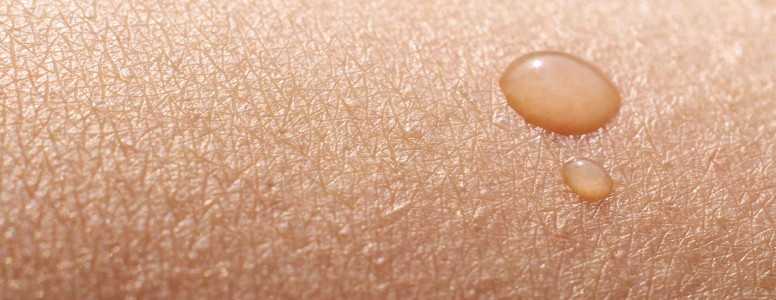A new wearable device has been developed that can measure glucose in sweat for up to a week.
The device was built by the University of Texas to help manage type 2 diabetes, with measurements taken every hour. It is hoped this feedback could be valuable for doctors to assess which ways of managing diabetes benefit each patient.
While this is not the first wearable device to calculate glucose through sweat, this new product can measure two other biomarkers as well: cortisol and interleukin-6.
“If a person has chronic stress, their cortisol levels increase, and their resulting insulin resistance will gradually drive their glucose levels out of the normal range,” said lead author Professor Shalini Prasad.
“At that point, one could become prediabetic, which can progress to type 2 diabetes, and so on. If that happens, your body is under a state of inflammation, and this inflammatory marker, interleukin-6, will indicate that your organs are starting to be affected.”
The researchers demonstrated in a new study that the device incorporates a gel, known as an ionic liquid, which stabilises the microenvironment on the surface of the skin. This enables the device to work on different skin types (young skin to rough, older skin), and for hourly readings to be taken without lowering the device’s performance.
The device also has a transceiver which can send data to a smartphone app. A simple push of a button can then request information from the device.
“If you measure levels every hour on the hour for a full week that provides 168 hours’ worth of data on your health as it changes,” said Prasad. “People can take more control and improve their own self-care. A user could learn which unhealthy decisions are more forgiven by their body than others.”
A low-cost device to manufacture, costing as little as 10 to 15 cents – the equivalent of what it costs to make single-use glucose test strips.
“It needs to reach people beyond America and Europe – and even within first-world nations, we see the link between diabetes and wealth. It can’t simply be a small percentage of people who can afford this.”
The device was revealed by researchers in a paper published in Nature Scientific Reports.
What's new on the forum? ⭐️
Get our free newsletters
Stay up to date with the latest news, research and breakthroughs.




